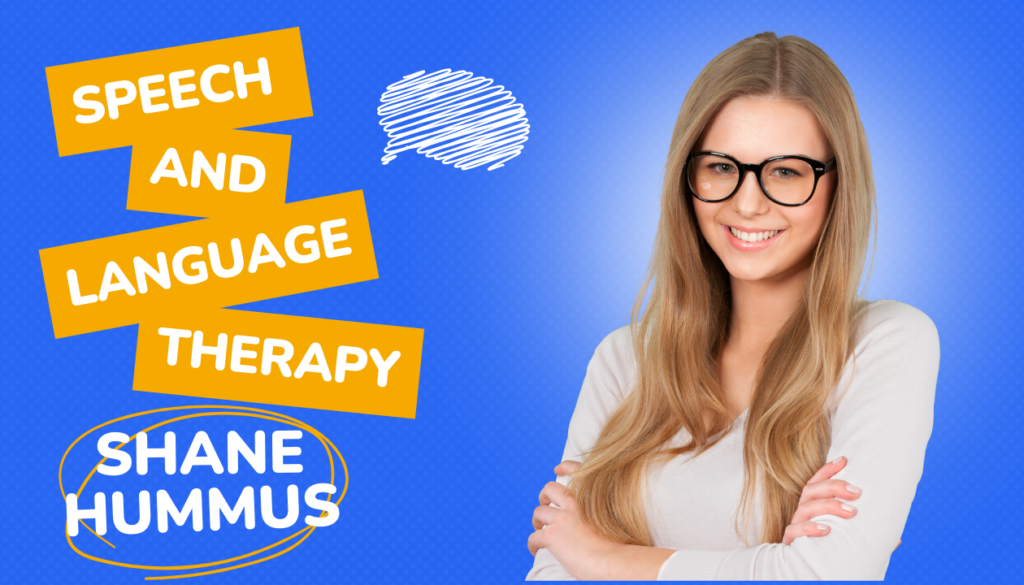Speech and Language Therapy Degree: Elevate Communication
Speech-language pathology, also called speech therapy, is a field that focuses on evaluating and treating communication disorders and swallowing difficulties. Speech-language pathologists (SLPs) work with people who have impairments related to speech sounds, language, cognition, voice, resonance, and swallowing. Their goal is to improve clients’ ability to communicate and swallow safely and effectively in order to enhance quality of life.
To become an SLP requires extensive education and professional certification. SLPs must earn a master’s degree in speech-language pathology, complete extensive clinical training, pass a national exam, and obtain licensure in their state. With this specialized training, SLPs are equipped to assess clients’ communication abilities, develop customized treatment plans, and provide therapy to remediate disorders.

What Do Speech and Language Therapists Do?
A key responsibility of speech and language therapy specialists is conducting thorough assessments and evaluations of their clients. This involves identifying the type and cause of communication or swallowing disorders through in-depth testing.
For speech and language, SLPs utilize standardized tests as well as informal probes to analyze areas like speech sound production, oral motor skills, language content and form, cognition, and pragmatic communication skills. Information is gathered through structured tasks, conversation samples, interviews, and observation.
Swallowing function is evaluated by examining oral, pharyngeal, and esophageal phases of swallowing. This often involves videofluoroscopic swallow studies to visualize physiology. SLPs analyze results to pinpoint underlying impairments leading to dysphagia, which is difficulty swallowing.
Detailed assessment provides SLPs the foundation to develop customized treatment plans tailored to clients’ needs. Goals focus on improving communication abilities or swallowing function through direct therapeutic techniques.
Treatment Techniques in Speech and Language Therapy
SLPs use a wide variety of therapeutic strategies to improve communication disorders and swallowing difficulties. Techniques are customized to target each client’s specific deficits.
Articulation Therapy
For speech sound disorders like misarticulations, childhood apraxia of speech, and dysarthria, articulation therapy focuses on improving accuracy, placement, transitions between sounds, timing, coordination, and awareness of sound production. Tactile cues, verbal sound models, visual aids, and repetitive speech drills are often incorporated.
Language Intervention
Receptive and expressive language deficits are targeted through interventions that focus on improving vocabulary, grammar, narrative discourse skills, understanding of figurative language, social communication abilities, and listening comprehension. Treatment activities emphasize repetition, modeling, visual aids, prompt cues, and naturalistic communication.
Cognitive-Communication Training
Cognitive-communication therapy aims to improve attention, memory, problem solving, executive functioning skills, and social cognition through hierarchical tasks and metacognitive strategies. For example, clients may sequence steps for functional tasks, use external aids like memory notebooks to compensate for deficits, or receive visual organization aids.
Swallowing Therapy
Swallowing exercises target strength and range of motion to improve movement of the lips, tongue, soft palate, larynx, and pharyngeal walls. Strategies like postural adjustment, sensory stimulation techniques, and motor learning principles help coordinate the oral and pharyngeal swallowing sequence. SLPs also train compensatory swallowing techniques.
Augmentative and Alternative Communication Systems
For clients with severe expressive communication disabilities, SLPs incorporate augmentative and alternative communication (AAC) systems like speech-generating devices, picture symbol boards, and sign language to supplement functional communication.
Throughout treatment, data on client performance is collected to monitor progress toward goals and adjust therapy strategies as needed. Input from caregivers also helps shape treatment plans and interventions.
Disorders Treated by Speech and Language Therapists
Speech disorders:
- Articulation (speech sound) disorders: inability to correctly produce certain sounds
- Fluency disorders like stuttering: disruptions in the flow of speech
- Resonance disorders: problems with the vibratory quality of voice
- Voice disorders: abnormalities in vocal pitch, quality, or volume
Language disorders:
- Limited vocabulary: knowing fewer words than expected for age
- Impaired grammar: difficulty with rules for sentence structure
- Poor comprehension: trouble understanding meaning of language
- Deficits in social communication: challenges with pragmatic language skills
Cognitive-communication impairments:
- From conditions like traumatic brain injury, dementia: cognitive deficits that impair communication
- Targeting attention, memory, executive function, problem solving: treating impacted cognitive skills
Swallowing disorders (dysphagia):
- Oral motor deficits in infants and children: weakness in muscles for sucking, chewing
- Impairments after stroke, cancer treatment, progressive illness: dysphagia occurring secondary to medical conditions
- Occur across the lifespan: swallowing disorders in pediatric and adult populations
The scope of communication and swallowing disorders treated by SLPs is extensive. They aim to improve communication abilities holistically and enhance quality of life.
Ready to Be a Speech and Language Pathologist?
Speech-language pathologists specialize in treating a diverse range of communication disorders and swallowing difficulties that significantly impact quality of life. Extensive graduate training equips SLPs to thoroughly assess impairments and provide customized therapeutic interventions.
Techniques target speech production, language, cognition, voice, fluency, and swallowing function. While specialized, SLPs aim to improve communication abilities holistically. Using evidence-based strategies and compassionate care, SLPs partner with clients and families to achieve meaningful improvement in communication and swallowing that enhances participation, independence, and well-being.
Looking for a different but meaningful degree? Check out my video about it:
Frequently Asked Questions About Speech and Language Therapy Degree
What degree do you need to become a speech therapist?
You need to complete a master’s degree program in speech-language pathology to work as a certified speech therapist. The typical program length is 2 years full time consisting of academic coursework and clinical rotations.
How long does it take to get a master’s in speech pathology?
A master’s in speech-language pathology is typically a 2 year full-time graduate program. This includes classroom instruction in areas like communication development, diagnosis of disorders, and therapy techniques, as well as supervised clinical training working directly with clients.
What courses are required for speech pathology?
Typical required courses focus on fundamentals and disorders of speech, language, hearing, and swallowing function. Additional curriculum covers evaluation techniques, treatment methodologies like cognitive-communication therapy and augmentative communication, multicultural diversity, clinical ethics, counseling skills, research methods, and medical foundations.
Can I do a speech therapy master’s degree online?
While the didactic coursework portion of a speech pathology master’s may be completed online, you must complete 400 or more hours of supervised clinical training at an approved medical facility in order to graduate and meet certification eligibility requirements.
Is getting into speech pathology graduate school competitive?
Yes, speech-language pathology master’s programs are highly competitive due to limited program capacity and many applicants. Relevant undergraduate majors, a high GPA (3.5+ typical), GRE scores, observation experience, letters of recommendation, and an essay detailing interest in the field help strengthen applications.
